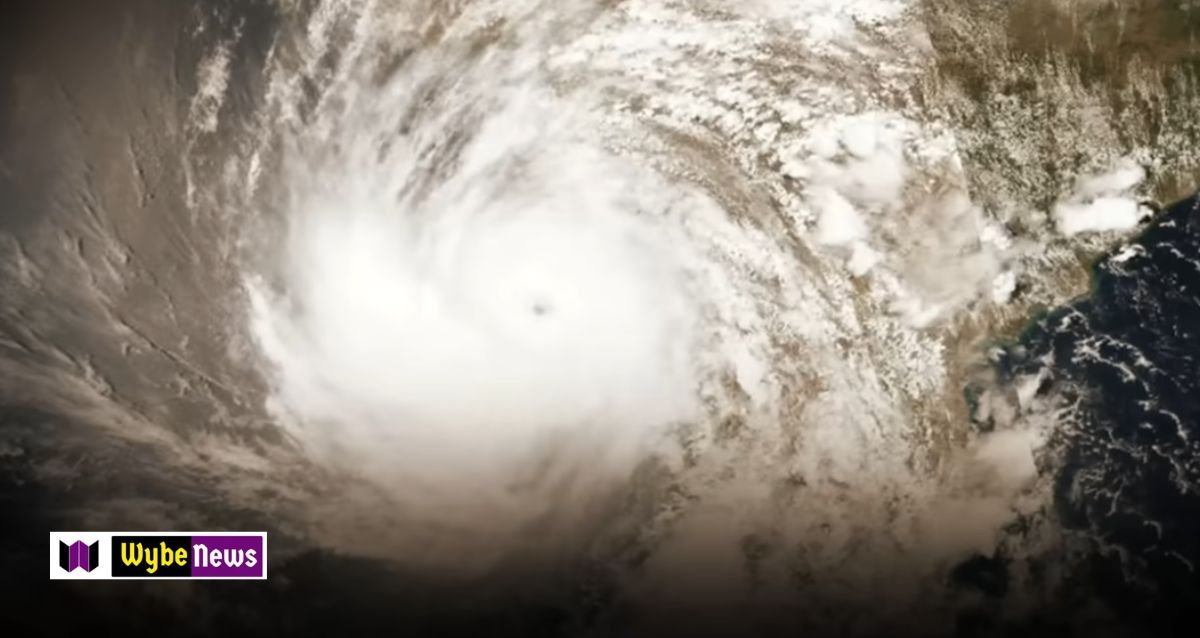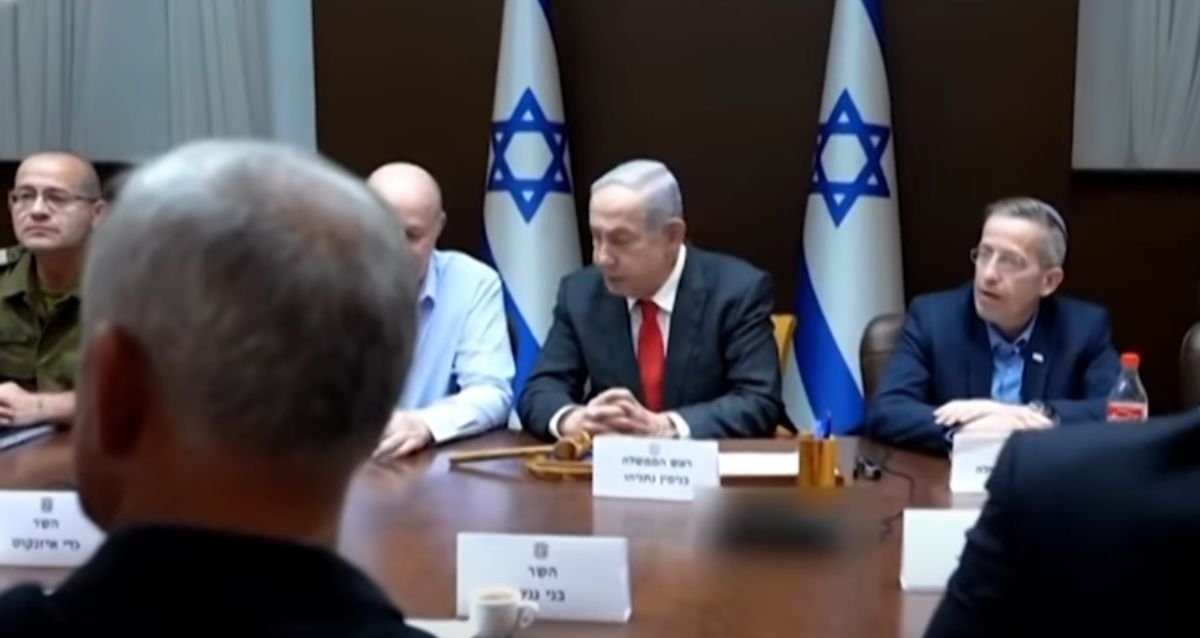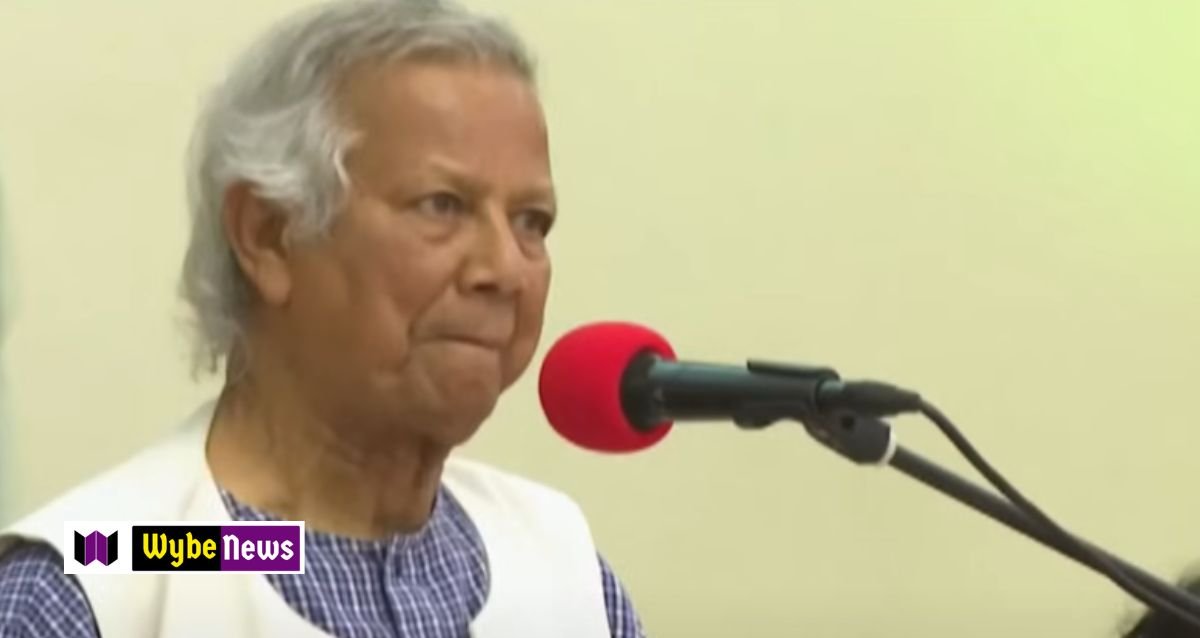Russia and China’s Joint Military Exercises Near Taiwan: Implications and New US Defense Planning

Russia and China’s Joint Military Exercises Near Taiwan Prompt New US Defence Planning
During a testimony before the Senate Armed Services Committee, two top US intelligence officials revealed that China’s joint military exercises with Russian forces near Taiwan have led to new US defense planning. The officials discussed Beijing’s evolving support for Moscow and the “pre-positioning” of vulnerabilities in US military and infrastructure assets by the two nations.
US Air Force Lieutenant General Jeffrey Kruse, the director of the Pentagon’s Defense Intelligence Agency, informed the committee that the Chinese-Russian operations witnessed over the past two years have prompted the Department of Defense to reassess its analysis and become increasingly concerned about joint-force requirements in the region. Kruse emphasized that even if Russia and China are not interoperable in a military force, their cooperation is significant and needs to be taken into account in force structure and planning. The revision of defense planning is currently underway.
Director of National Intelligence Avril Haines, who testified alongside Kruse, stated that the joint exercises demonstrate China’s desire for Russia to work with them, and there is no reason why Russia wouldn’t. Haines highlighted the increasing cooperation between the two nations across various sectors, including political, economic, military, and technological. This understanding has prompted new planning across the US government.
The joint naval drills between Russia and China in the East China Sea in 2022 are the closest they have been held to the Taiwan Strait since the annual war games began over a decade ago. In the previous year, the two countries conducted joint air force patrols over the East China Sea and the Sea of Japan, marking the sixth such cooperation plan between their militaries since 2019. The latest joint patrol even prompted South Korea, one of Washington’s closest allies in Asia, to scramble aircraft.
Implications and Concerns
The joint military exercises between Russia and China near Taiwan have raised several concerns for the United States. The increased cooperation between these two nations has led to a reevaluation of US defense planning in the region.
One of the primary concerns is the potential for a coordinated military force between Russia and China. While they may not be interoperable at present, their cooperation poses a significant challenge for US force structure and planning. The United States needs to consider the implications of this partnership and ensure it is adequately prepared to address any potential threats.
Furthermore, the joint exercises highlight the deepening ties between Russia and China across various sectors. This comprehensive partnership encompasses political, economic, military, and technological cooperation. The United States recognizes the need to adapt its planning and strategy to address this evolving relationship.
New US Defense Planning and Response
The revelations about China and Russia’s joint military exercises have prompted the United States to reassess its defense planning and response in the region.
The Department of Defense is currently undergoing a revision of its analysis to account for the changing dynamics and increased cooperation between China and Russia. This revision aims to ensure that the US military is adequately prepared to address any potential challenges posed by this partnership.
Additionally, the US government as a whole is engaging in new planning efforts across various sectors. The understanding of China and Russia’s deepening cooperation has prompted a comprehensive review of policies and strategies in political, economic, military, and technological domains. The goal is to develop a holistic approach to effectively address the evolving dynamics in the region.
Regional and International Implications
The joint military exercises near Taiwan have regional and international implications beyond the United States.
For regional actors, such as South Korea, these exercises raise concerns about the potential escalation of tensions. The scramble of South Korean aircraft in response to the joint patrol indicates the nervousness surrounding the growing cooperation between Russia and China. Regional allies of the United States will need to closely monitor the evolving dynamics and ensure their own defense planning aligns with the changing landscape.
On an international level, the joint exercises signify the strengthening of the Russia-China partnership. The two nations are increasingly coordinating their military activities, demonstrating their shared interests and goals. This partnership has the potential to shape global dynamics, particularly in the Asia-Pacific region. Other countries and international organizations will need to carefully assess the implications and adjust their strategies accordingly.
In conclusion, the joint military exercises between Russia and China near Taiwan have prompted new US defense planning. The increased cooperation between these two nations and their evolving partnership necessitate a reassessment of force structure, planning, and policies. The United States, along with its regional allies and international partners, must adapt to these changing dynamics to ensure regional stability and security.






